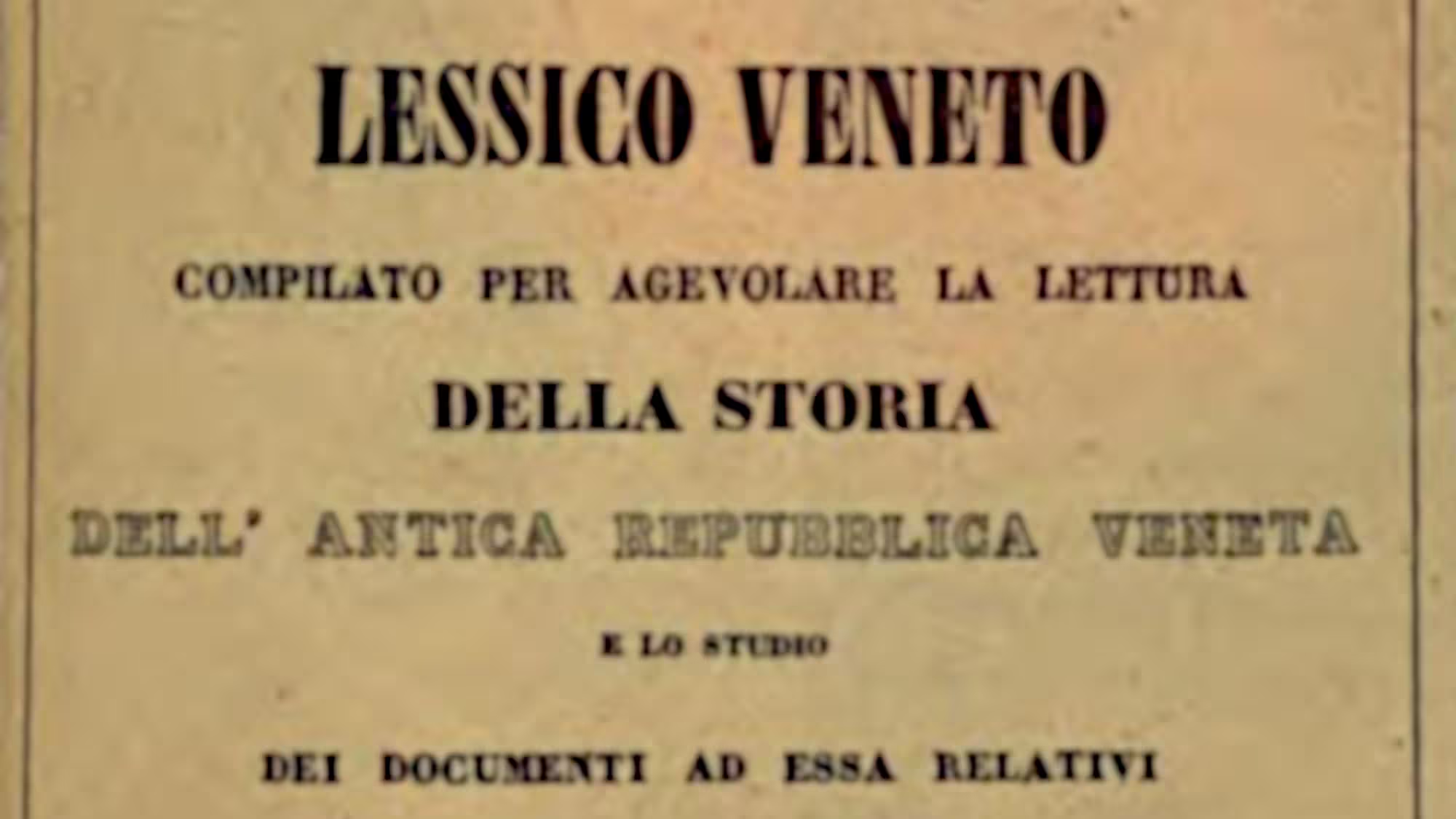Sources
-
The start of the plague in 1575 — Cornelio Morello (1584)
Translation of a document from 1584 recounting the start of the plague of 1575, translated by René Seindal.
-
Veduta del Campo de’ Giesuiti — Il Gran Teatro di Venezia — plate 35
“Veduta del Campo de’ Giesuiti” from the “Gran Teatro di Venezia”, published by Domenico Lovisa, c. 1717.
-
Loggietta — Habiti d’huomeni et donne venetiane — 11
“Loggietta” from the “Habiti d’huomeni et donne venetiane”, published by Giacomo Franco, c. 1610.
-
Veduta delle due Chiese di S. Nicolò e S. Giuseppe di Castello — Il Gran Teatro di Venezia — plate 16
“Veduta delle due Chiese di S. Nicolò e S. Giuseppe di Castello” from the “Gran Teatro di Venezia”, published by Domenico Lovisa, c. 1717.
-
La Piazza di S. Marco — Il Gran Teatro di Venezia — plate 1
“La Piazza di S. Marco” from the “Gran Teatro di Venezia”, published by Domenico Lovisa, c. 1717.
-
Veduta della Chiesa di S. Giustina — Il Gran Teatro di Venezia — plate 18
“Veduta della Chiesa di S. Giustina” from the “Gran Teatro di Venezia”, published by Domenico Lovisa, c. 1717.
-
Gran Consiglio — Habiti d’huomeni et donne venetiane — 12
“Gran Consiglio” from the “Habiti d’huomeni et donne venetiane”, published by Giacomo Franco, c. 1610.
-
Habiti d’huomeni et donne venetiane — Giacomo Franco
About forty engravings from the early 1600s, with dresses, attires, ceremonies, feasts, regattas and much more.
-
Veduta della Fondamenta della Croce di Venetia — Il Gran Teatro di Venezia — plate 48
“Veduta della Fondamenta della Croce di Venetia” from the “Gran Teatro di Venezia”, published by Domenico Lovisa, c. 1717.










